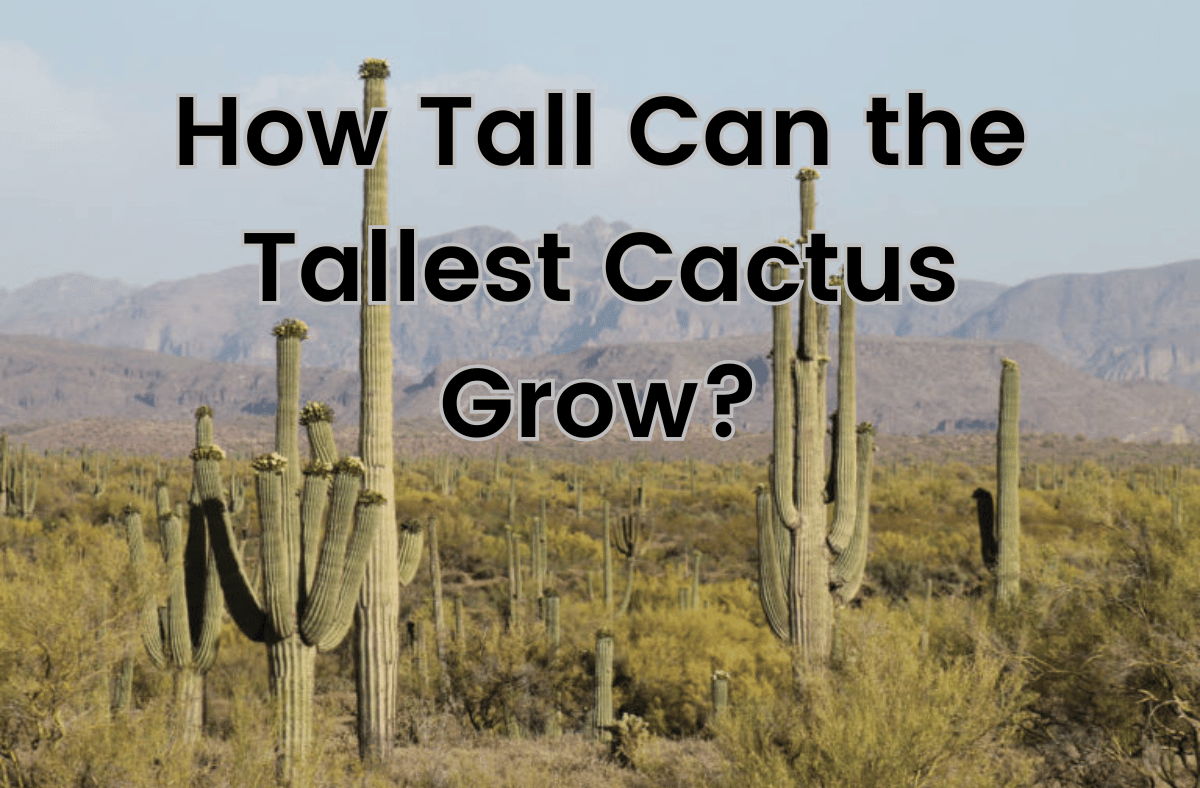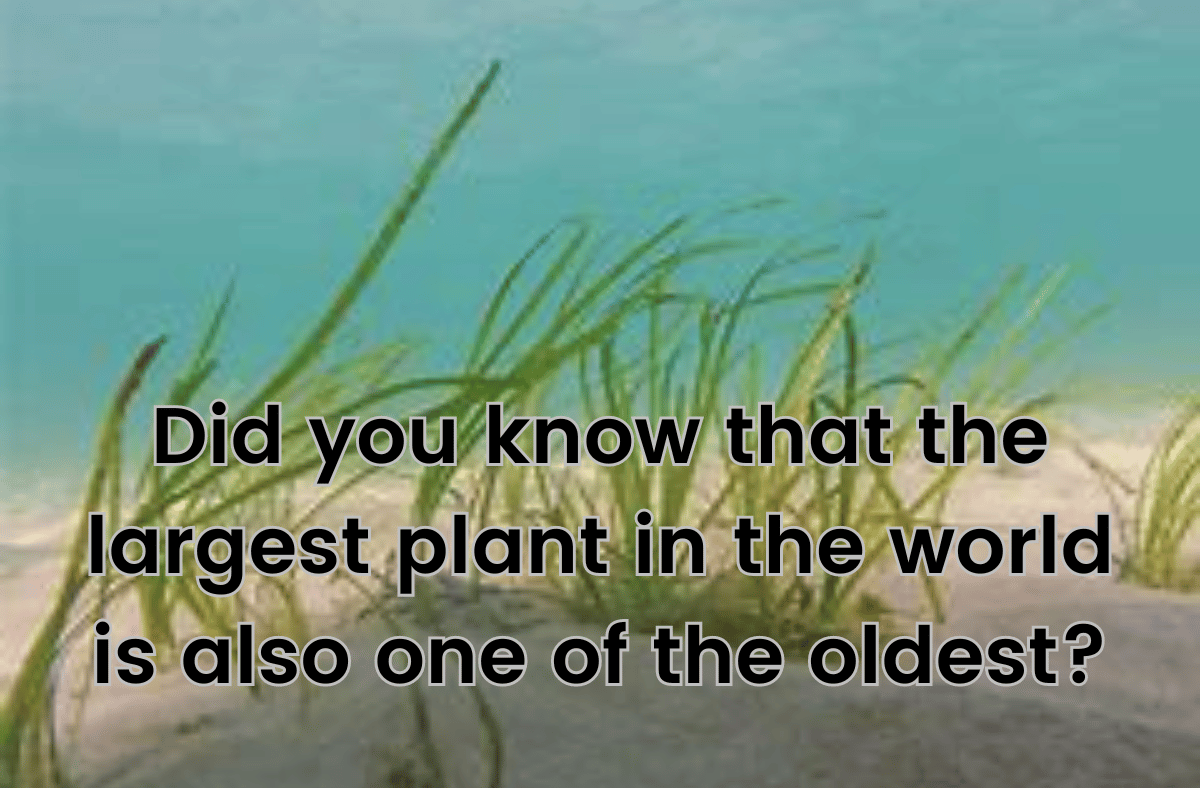For those in a hurry
- Sequoia cones are tiny compared to their huge trunks. They are only about the size of a chicken egg. Talk about being humble!
- Sequoia cones can stay closed for up to 20 years, holding their seeds inside. They need fire to dry them out and make them open up.
- Sequoia cones release their seeds onto the bare soil after a fire, where they have less competition and more sunlight to grow.
- Sequoia cones are part of the fire-adapted strategy of the giant sequoias, which have thick bark and high branches to survive fires.
The Tiny Sequoia Cones of the Giant Trees
You may have heard of the giant sequoias, the largest trees in the world by volume. They can grow up to 83 meters (272 feet) tall and 31 meters (101 feet) in circumference at their base. They can live for thousands of years and have a rich history of climate and fire.
But did you know that these colossal trees have tiny cones? That’s right, sequoia cones are only about 4 to 7 centimeters (1.5 to 3 inches) long, roughly the size of a chicken egg. Compared to their massive trunks, they look like little specks on the branches.
How can such small cones produce such big trees? Well, it’s not about the size, it’s about the strategy.
The Fire-Dependent Cones of the Fire-Resistant Trees
Sequoia cones are not like other cones. They don’t open up and release their seeds when they mature. Instead, they stay closed for as long as 20 years, holding their seeds inside. They can have up to 230 seeds per cone, but they don’t let them go easily.
They need fire to dry them out and make them open up. When a fire burns through the forest, the hot air dries out the older cones. They open up and begin to rain down their seeds onto the fire-swept soil.
Why do they do this? Because fire is good for sequoias. Fire clears out the competing vegetation, exposes the mineral soil, and creates openings for sunlight. These are ideal conditions for sequoia seeds to germinate and grow.
Sequoia cones are part of the fire-adapted strategy of the giant sequoias. These trees have thick bark and high branches that protect them from fire damage. They also have resin-free wood that does not burn easily. Fire helps them regenerate and maintain their dominance in the forest.
The Humble Sequoia Cones of the Majestic Trees
Sequoia cones are tiny compared to their huge trunks. They are only about the size of a chicken egg. Talk about being humble!
But they are also amazing. They can hold their seeds for decades, waiting for the right moment to release them. They depend on fire to open them up and create favorable conditions for their offspring. They are part of the life cycle of the giant sequoias, the largest trees in the world.
Next time you visit a sequoia grove, look up at the towering trunks and then look down at the tiny cones. You will see a contrast that is both striking and inspiring.






















